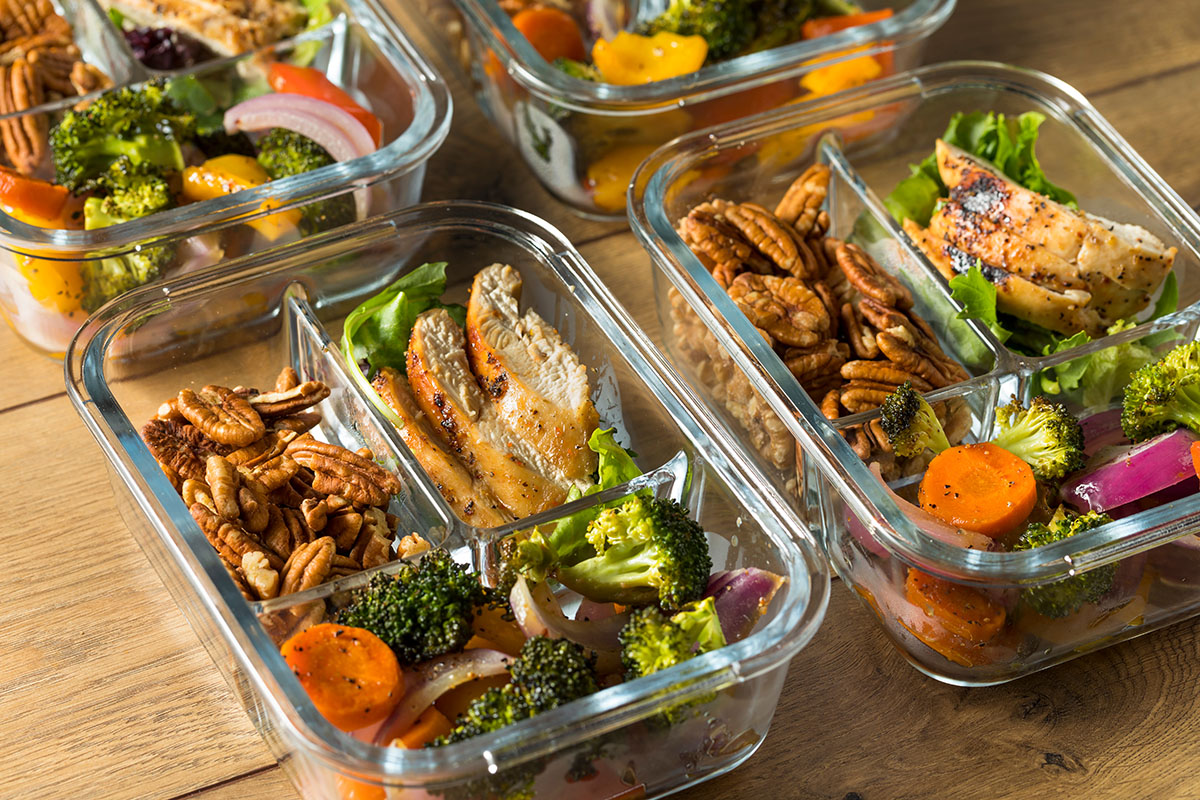Practical Guide to Lunch Boxes: Containers, Meals and Bento Boxes
Choosing the right lunch box affects convenience, food safety, and how enjoyable your midday meal can be. Whether you pack for work, school, or travel, simple decisions about size, material, and compartments help you store food efficiently and reduce waste. This guide explains common types of containers, packing strategies for balanced meals, and practical tips for using a bento box.

lunch box: what to consider when choosing one
A lunch box should match how you eat and where you take food. Consider insulation if you need to keep items hot or cold, leakproof seals for sauces or dressings, and durable materials that withstand daily use. Size matters too: pick a box that fits your typical portion while leaving some room for extras like fruit or a small drink.
Material choices include plastic, stainless steel, glass, and silicone. Each has trade-offs for weight, durability, thermal performance, and cleaning. Look for food-grade, BPA-free plastics if choosing plastic, and consider whether the box is microwave or dishwasher safe depending on your routines. Local services that refill or repair lunch gear can be useful in your area.
food safety and storage tips for packed meals
Proper storage in a lunch box reduces foodborne illness risk and keeps flavors intact. Cold items should be kept at or below 5°C (41°F) as much as possible; use an insulated container or add an ice pack for perishable items. Hot foods should be pushed toward higher temperatures when practical, but beware of holding hot food too long without an insulated container.
Separate raw or strong-smelling foods from ready-to-eat items using compartments or sealed containers to avoid cross-contamination. If you prepare meals in advance, cool cooked food before sealing the container to limit condensation and bacterial growth. Regularly clean and fully dry containers, lids, and seals to prevent odor buildup and microbial growth.
container types and their practical uses
Different container styles suit different meal types. Single-compartment containers are simple for sandwiches or salads, while multi-compartment boxes keep components distinct, which helps with texture and temperature control. Stainless steel containers are durable and often better for heat retention; glass containers resist staining and are microwave-safe but heavier.
Leakproof containers or ones with tight seals are important for soups, stews, or dressings. Collapsible silicone containers offer space-saving options for leftovers or snacks. Consider stackable sets if you need to separate courses or want to portion-control meals for the week. A well-chosen container can reduce plastic wrap and disposable bag use.
meal planning and packing balanced lunches
Packing a balanced meal in a lunch box is straightforward with a simple template: include a source of protein, vegetables or fruit, whole grains, and a small healthy fat. For example, pair grilled chicken or chickpeas with quinoa and a side salad, or pack a whole-grain wrap with hummus and raw vegetables. Small snacks like nuts, yogurt, or cut fruit round out the meal.
Use compartments or small containers for wet ingredients like dips to keep salads crisp. Pre-portioning ingredients the night before saves morning time and reduces food waste. Vary textures and temperatures to maintain interest—combine crunchy raw vegetables, creamy spreads, and a warm grain if possible.
bento box: how to use compartmentalized packing
A bento box is a compartmentalized container that encourages portioning and variety. Traditionally used in Japanese meals, the bento approach is adaptable: allocate sections for a grain, a protein, cooked vegetables, raw items or pickles, and a small treat. This helps ensure nutrients are balanced and visually appealing.
To pack a bento box for transport, place drier items in separate compartments from moist components. Use silicone cups or small inserts for dressings and sticky foods. Bento boxes are particularly useful for meal-prep because they make it easy to replicate balanced portions across several days without mixing flavors or textures.
Conclusion
Choosing and using a lunch box effectively combines practical choices about containers with simple food-safety and meal-planning habits. Whether you favor an insulated box, a glass container, or a compartmentalized bento box, think about how you eat, how long food will sit before consumption, and how to keep components separate and fresh. With attention to materials, portioning, and cleaning, your lunch box becomes a reliable tool for healthier, more enjoyable meals.




